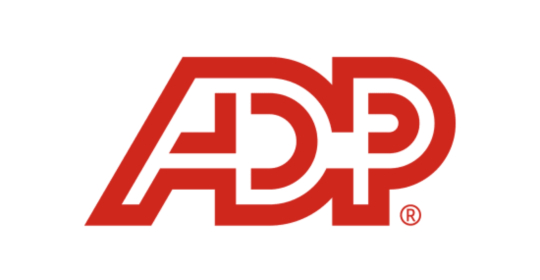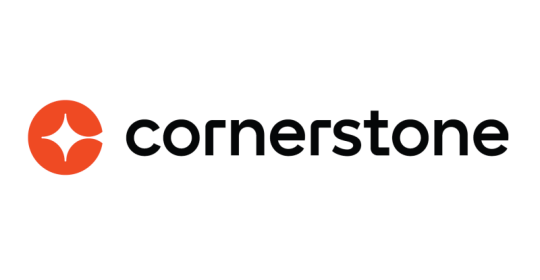Even though it protects the employer’s rights and trade secrets, it can also help the employee in ways that make their job more secure.
Meanwhile, employment contracts are increasingly going digital as companies strive to keep up with modern business trends. Business solutions in recent years have relied heavily on technological innovations and digital systems. Nevertheless, it’s the same for employment contracts.
On the other hand, companies are switching to paperless methods to reduce waste, help the environment, remain competitive in their industry, or for other purposes that will help improve their business.
Discover more benefits of switching to digital employment contracts below:
-
Shorter Turnaround Time
Many businesses value their time to improve optimal productivity. Fortunately, this is one of the many strengths of digital employment contracts. Compared to traditional contracts, it’s easy to see how much time will be saved by switching to digital ones.
If you work in human resources, you’re probably aware of how much time is required to create a standard contract. It has to be reviewed, received, and signed by the key people in your organization. Often, you’ll need to call the employer and adjust to their schedule, so you can have them sign the contract.
The process of drafting a contract and printing a physical copy already takes some time. Add to that the waiting time and the availability of the people who need to sign the document, resulting in more time wasted.
For example, the employee must visit your office in person to get the contract and ask for some time to review it. Your office will need to wait until the document gets back from review and finally with the physical signature.
By using digital employment contracts, plenty of time can be saved. Employers and employees can sign and send them to the party concerned immediately. They can take advantage of using an electronic signature, so they won’t have to come to your office.
If the contract requires the signature of the head or CEO, you could be required to go through more people in charge of their schedule. With digital contracts, you can expedite transactions and validate documents immediately. This also implies that the new employees can start working as soon as the contracts are signed.
-
Streamlines The Hiring Process
The slowness of paper-based processes is inherent. But technology can once again aid in that. There are guided forms, provisioned services, and more features that can reduce manual work and increase productivity. Digital employment contracts are drafted in templates and are easy to edit and review.
On the other hand, recruitment can seem like a race to any HR or hiring manager. If your industry is competing actively for the best candidates, you must do something to stay ahead of the game and acquire these talents quicker. Unfortunately, you might not be able to succeed if your contracts are still made in conventional ways.
Your chance of losing the person to another company increases as soon as you prepare their contracts. There are tips for businesses in hiring highly-skilled personnel—one of which is to draft them the best offer as quickly as possible.
With digital employment contracts, creating a proposal is streamlined when you work digitally. You’ll be able to accomplish more in less time, and it’s simpler, too. Once the contract is ready for signature, your job vacancies will be filled with qualified candidates who can contribute to your company’s success without wasting time.
-
Provides Flexible Ways To Sign
Paper contracts need to be printed first before they get signed. However, many risks and threats could endanger these contracts before the authorized person receives them. This isn’t the case with digital employment contracts.
The documents are sent in soft copies that will require e-signatures. Hence, adding the signer’s signature to the agreement requires using third-party software like Adobe Acrobat or Microsoft Word. Since they’re digital, the files can be in flexible formats, depending on HR’s preference.
On the other hand, additional protection and privacy are possible through a password system. You can enable embedded signing in your app or website to capture user acceptance. Since users don’t have to upload, send, and sign individually through email, it offers a faster way to get approval.
-
Eliminates Paper Waste
Digital employment contracts are much more ethically beneficial, especially for some transactions. Some will require customization, such as adding specific clauses for contractual employees. When there are new changes and additional terms to be added, imagine how much paper you’ll be wasting as you print and dispose of the wrong files due to errors.
This practice isn’t eco-friendly and will only add more waste to the landfill. Alternatively, digital contracts offer a more accessible way to sign documents without producing waste. Hence, employees and the higher management can easily sign the contract anywhere, anytime, and on any device. This digital method can have sustainable impacts for your paperless office.
-
Easy Access
Digital employment contracts only require internet connectivity, so you can securely access your files. Even when you’re out of the office, you can access all the information you need with your smartphone. As a result, both employees and businesses receive better assistance.
Meanwhile, the HR department is usually busy tending to many concerns and tasks for the company’s workforce and training. There might be instances when they have to leave their desk and travel somewhere for face-to-face conferences and workshops.
However, some employees might want to gather information about their renewed contract. This won’t be possible when your company is still using physical documentation. On the other hand, you can easily check these files from anywhere through digital employment contracts.
In addition, you can eliminate tedious filing tasks by using electronic employment contracts. Software and cloud services allow you to store all files in one place, making it easier to look for a certain document. Plus, you can review an employee’s record from anywhere.
Conclusion
Businesses are gradually changing their operations and processes. And in recent years, there have been numerous cutting-edge trends that expedite the way to transact and deal with employees, customers, and partners.
One advanced technology is using digital employment contracts. With the benefits shown above, it’s undoubtedly a sound decision to finally transition to this business innovation as early as possible.






